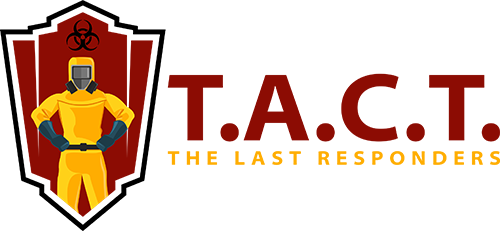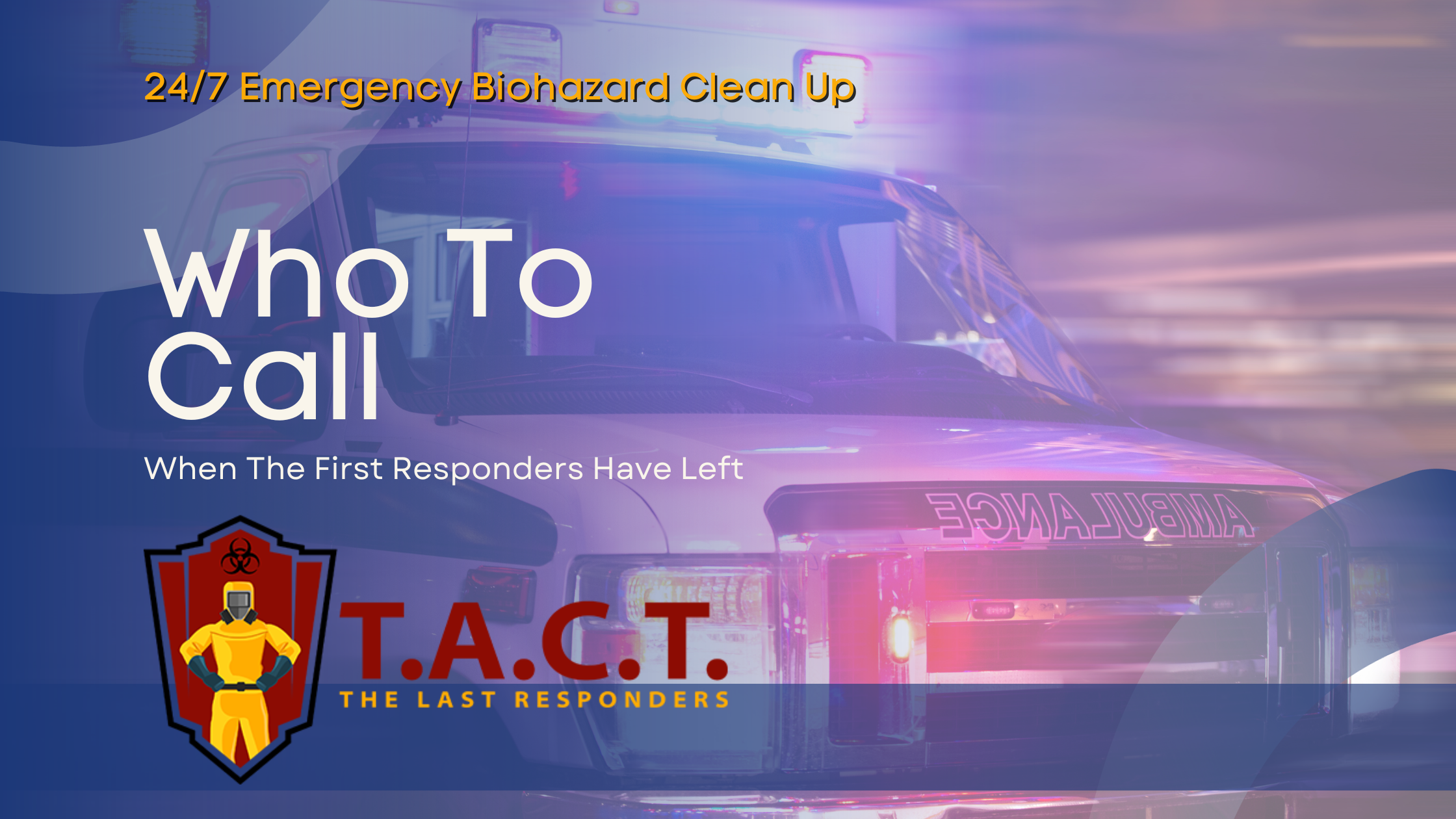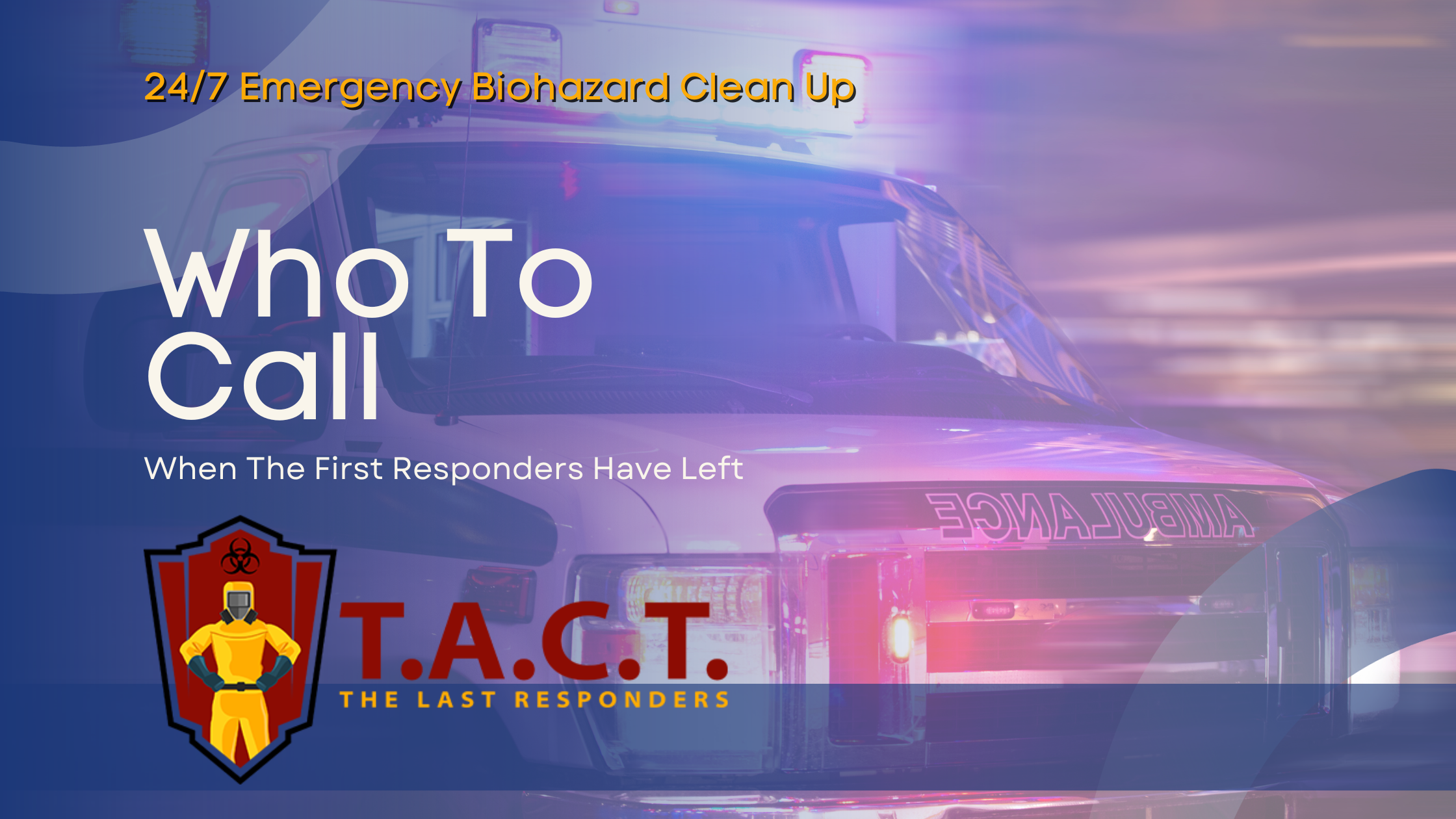Understanding Hoarding Houses and Compassionate Cleanups
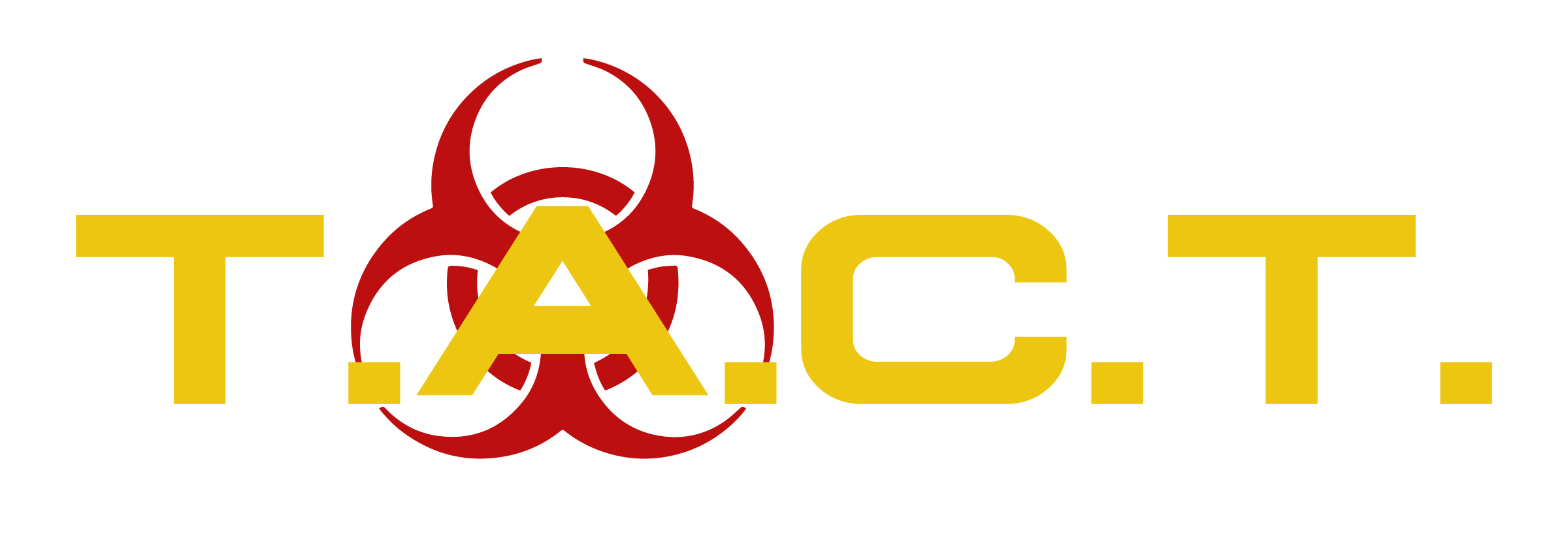
A Comprehensive Guide to Hoarder Houses and Hoarding Disorder
Hoarding disorder is a complex condition that extends its impact far beyond the individual directly affected—it touches their families, communities, and living environments. At its core, hoarding involves the excessive accumulation of items and an inability to discard them, often resulting in living conditions that are hazardous and unmanageable.
This guide explores the ripple effects of hoarding disorder, offering insights into its emotional, health, and safety implications. More importantly, we’ll discuss how families, professionals, and compassionate approaches can make a significant difference in supporting those grappling with this condition.
Understanding Hoarding Disorder and Hoarder Houses
Hoarding disorder is a clinically recognized mental health condition, characterized by extreme difficulty parting with possessions, regardless of their actual value. It’s often accompanied by intense distress when faced with the idea of discarding items. Over time, the accumulation of these items can create unsafe living conditions, termed "hoarder houses."
According to the International OCD Foundation, hoarder houses vary in severity, often assessed on a five-level scale:
Level 1: Minimal clutter, functional and safe living conditions.
Level 2: Noticeable disorganization and poor housekeeping, with some safety hazards.
Level 3: Significant clutter, blocked areas, noticeable odors, and visible structural damage.
Level 4: Severe clutter, health hazards like biohazards, and compromised utilities.
Level 5: Extreme clutter with unsanitary conditions, compromised structural integrity, and hazards like human waste or infestation.
Hoarder houses at higher levels often require professional cleanup services and mental health support to restore safe living environments.
The Impact of Hoarding on Family Members
Emotional Toll and Stress
For family members, hoarding doesn’t just clutter a home—it clutters emotions. Families dealing with a loved one’s hoarding disorder often experience:
Guilt and Shame: Struggling with feelings of responsibility or embarrassment about the situation.
Anxiety and Stress: The safety risks, financial strain, and challenges of helping a hoarder can be overwhelming.
Strained Relationships: The inability to resolve the hoarding problem can lead to frustration, arguments, and even estrangement.
Recognizing these emotional repercussions is critical not only for understanding the gravity of the disorder but also for responding with empathy rather than judgment.
Building Support Networks for Loved Ones
Creating a support system is vital for family members to cope with the emotional toll and effectively address hoarding behaviors. Consider these steps:
Join Support Groups: Organizations like the Anxiety and Depression Association of America (ADAA) offer resources and communities for families.
Seek Counseling: Therapy can help family members process their feelings and develop coping mechanisms.
Educate Yourself: Understanding hoarding disorder can shift your perspective and improve interactions with your loved one.
Enlist Professionals: Professional organizers and cleaners can alleviate some of the stress from families, providing expertise and support.
Family Members in the Cleanup Process
Encouraging family members to participate in the cleanup process can foster a sense of teamwork and progress, provided the hoarder’s boundaries and emotions are respected. Open communication and a clear plan can make a challenging task more manageable.
Assessing the Hoarder House Situation
Identifying Potential Health Hazards
Hoarder houses often present serious health risks, including:
Mold, mildew, and dust accumulation.
Structural damage from neglect.
Severe hazards like human waste, pest infestation, or rotting food.
Professional help may be necessary to address these issues to ensure safe and thorough cleanup.
Determining the Extent of the Problem
To strategize effectively, assess:
Extent of Clutter: Identify which areas are accessible and evaluate how bad the buildup is.
Types of Items: Understand what is being hoarded—whether it’s paper, food, clothes, or other items.
Root Causes: Was the hoarding triggered by trauma, anxiety, or another underlying condition? Knowing the "why" can guide the "how" in tackling the disorder.
Ensuring Safety During Entry
Before entering a hoarder house, take precautions:
Wear protective gloves, masks, and boots to protect against biohazards.
Ensure clear exists and carry a first-aid kit.
Have an emergency plan. If the situation seems dangerous, do not hesitate to call professionals.
Strategies for Compassionate Cleanup
Working with the Hoarder to Develop a Cleanup Plan
Even in the clean-up process, empathy is key. Collaborate with the person affected:
Establish manageable goals and clear expectations.
Incorporate the hoarder’s input to respect their emotions and agency.
Provide emotional support throughout the process—it’s exhausting for all parties involved.
Sorting and Decluttering
Organized decluttering strategies can make the overwhelming task of cleanup easier. Use categories like:
Keep: Essential and sentimental items.
Donate: Items no longer needed but still usable.
Discard: Garbage, broken items, or those hazardous to health.
Helpful tools such as storage containers and labels can maintain organization.
Hiring Professional Help
Sometimes the situation is beyond what families can tackle alone. Professional cleanup services, such as T.A.C.T. North Atlanta, specialize in handling extreme hoarding conditions safely and compassionately. Services like mold removal, pest extermination, and biohazard disposal often require certified expertise to ensure safety.
Overcoming Hoarding Disorder
Hoarding is not just about messiness—it often stems from deeper mental health challenges. With the right approach, recovery is possible.
Understanding the Root Causes
Hoarding behavior might be rooted in:
Anxiety or Depression: Fear of loss or difficulty facing life changes.
Trauma: Coping mechanisms for unresolved emotional pain.
Addressing these underlying issues through therapy is essential for meaningful progress.
Maintaining a Clutter-Free Environment
Once the cleanup is complete, build routines to prevent relapse:
Set household cleaning schedules.
Conduct regular check-ins on the state of the home.
Continue therapy or support groups to manage any ongoing challenges.
Celebrating Progress
Recovery takes time—it’s important to recognize and celebrate milestones. Whether it’s clearing a single room or parting with a sentimental item, every step forward deserves acknowledgment.
Moving Forward as a Family
Overcoming hoarding disorder is a long road, but it’s not one that anyone has to walk alone. By seeking professional help, leaning on support networks, and approaching the process with empathy, both the hoarder and their family can achieve a healthier, safer living environment.
If you’re facing a challenging cleanup, T.A.C.T. North Atlanta offers compassionate and professional hoarding cleanup services. Contact us today for expert assistance in restoring order and safety to your home.
Latest news
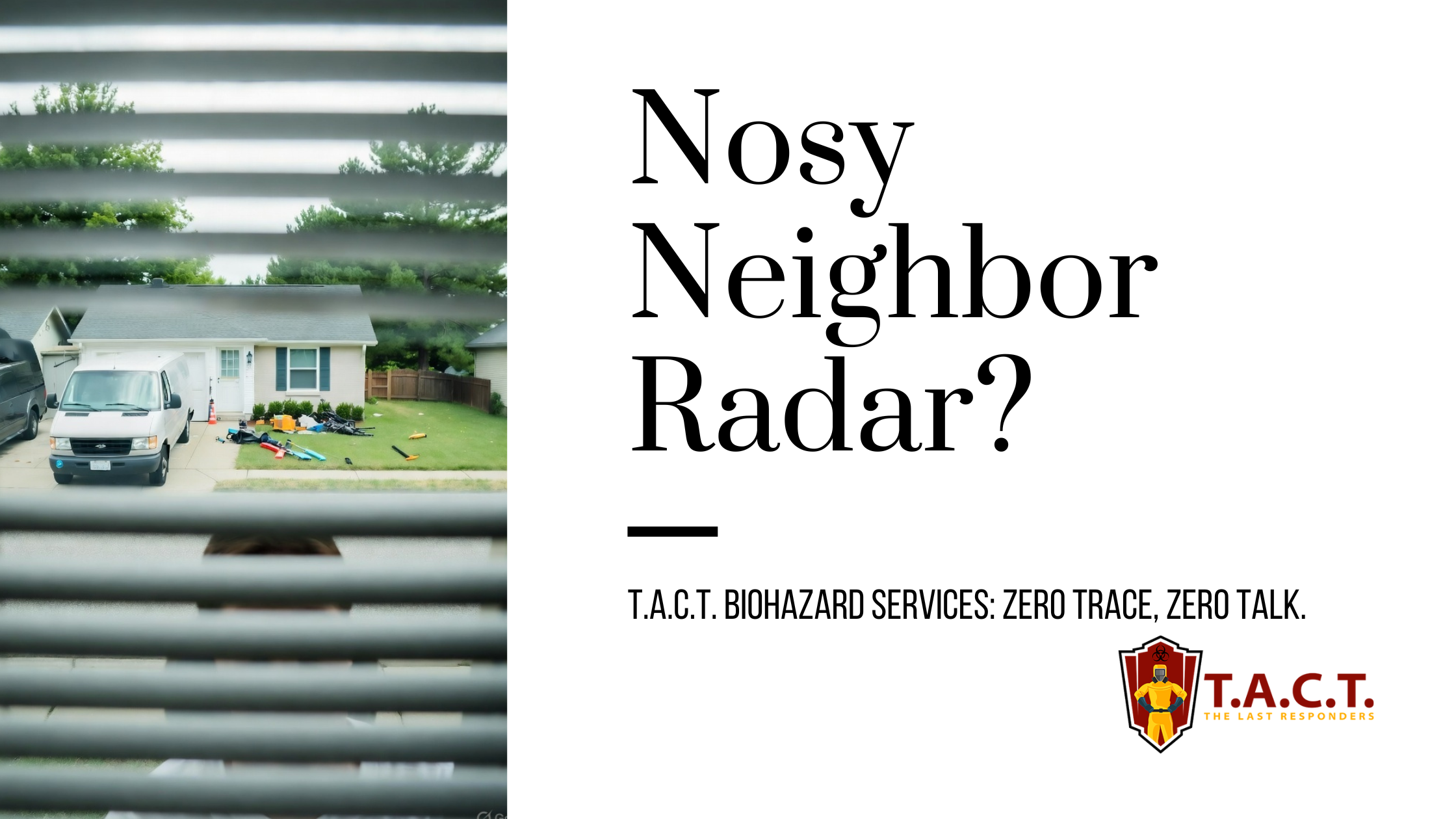
Nosy neighbors peeking? T.A.C.T. North Atlanta offers discreet biohazard remediation for rodent infestations, mold, hoarding, and more. Unmarked vehicles, quiet experts, full privacy—24/7 service at 470-781-4775.
Read More